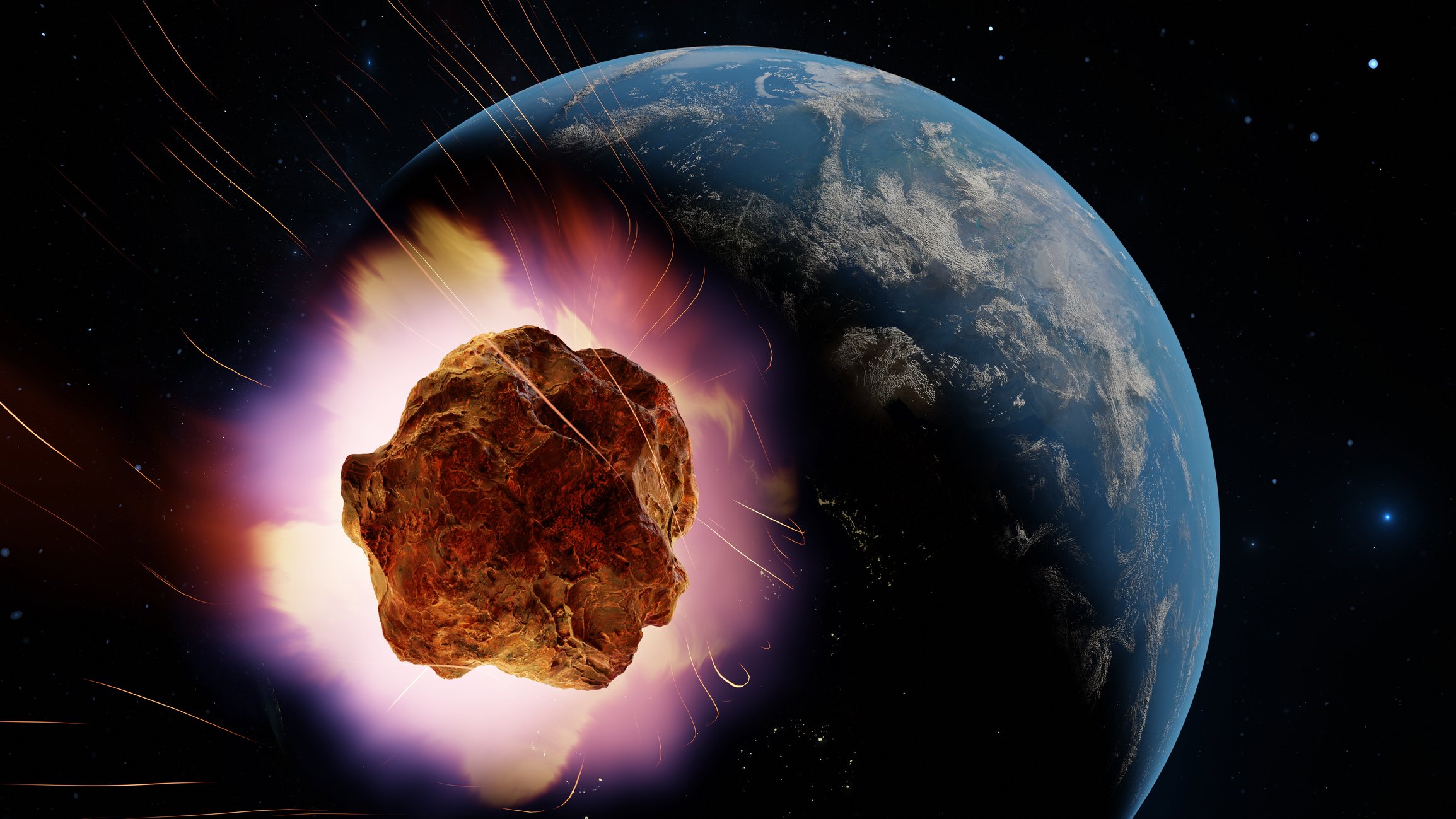On average, every eight years Asteroid 99942 Apophis will pass near Earth in April 2029. and because of the (unfounded) risk of colliding with our planet, it always causes a lot of commotion on social media. This time, the incident stemmed from an animation that the Cosmoknowledge page recently shared on Facebook.
The animation is a diagram showing the next passage of the Doomsday Asteroid, which will reach its maximum point on April 13, 2029, when it will be 32 thousand kilometers from the Earth’s surface, according to NASA. Closer than some geostationary satellites, the object is visible to the naked eye, but only in the Eastern Hemisphere.
In fact, NASA says: There is not the slightest risk of a 340-meter asteroid hitting our planet, Not in five years, and not at the next approach in 2036. However, an obvious course of shock, as seen in the shared video, triggers the condition known as “fleas behind the ear.”
Recalibrating NASA’s asteroid calculations
When it is said that the asteroid will pass near the Earth, this is in the cosmic sense, not in daily terrestrial distances. Although there is a prediction that an actual collision could occur in 2068NASA astronomers recalibrated their calculations during the last Apophis flyby in 2021, and radar observations showed no risk of impact “for at least the next 100 years.”
If there is no risk of Apophis hitting Earth, at least for now, that doesn’t mean there isn’t great scientific interest. That’s why NASA’s Small Body Assessment Group (SBAG) proposed that the agency send a spacecraft to visit the asteroid before it approaches our planet in 2029.
NASA will send a probe to Apophis
At the meeting, held in July 2023, the minutes of which were recently published on the Space Policy Online website, SBAG “encourages NASA to pursue an achievable mission opportunity within available resources to explore Apophis before approaching land.”
Therefore, the OSIRIS-REx probe, which collected material from the asteroid Bennu in 2020 and delivered the samples to Earth in September last year, is expected to begin a long-term mission to Apophis. Renamed OSIRIS-APEX (initials for Apophis Explorer), the idea is for the spacecraft to orbit the asteroid for 18 months.
SBAG said the resulting data “will enable a comprehensive exploration of this extraordinary opportunity to measure and understand real-time data.” Gathering important information about the consequences of planetary tides on the evolution of asteroids and the internal structure of Apophis”.
Follow all the news from the universe on TecMundo and get the opportunity to share the article on your social networks!
Source: Tec Mundo
I’m Blaine Morgan, an experienced journalist and writer with over 8 years of experience in the tech industry. My expertise lies in writing about technology news and trends, covering everything from cutting-edge gadgets to emerging software developments. I’ve written for several leading publications including Gadget Onus where I am an author.













